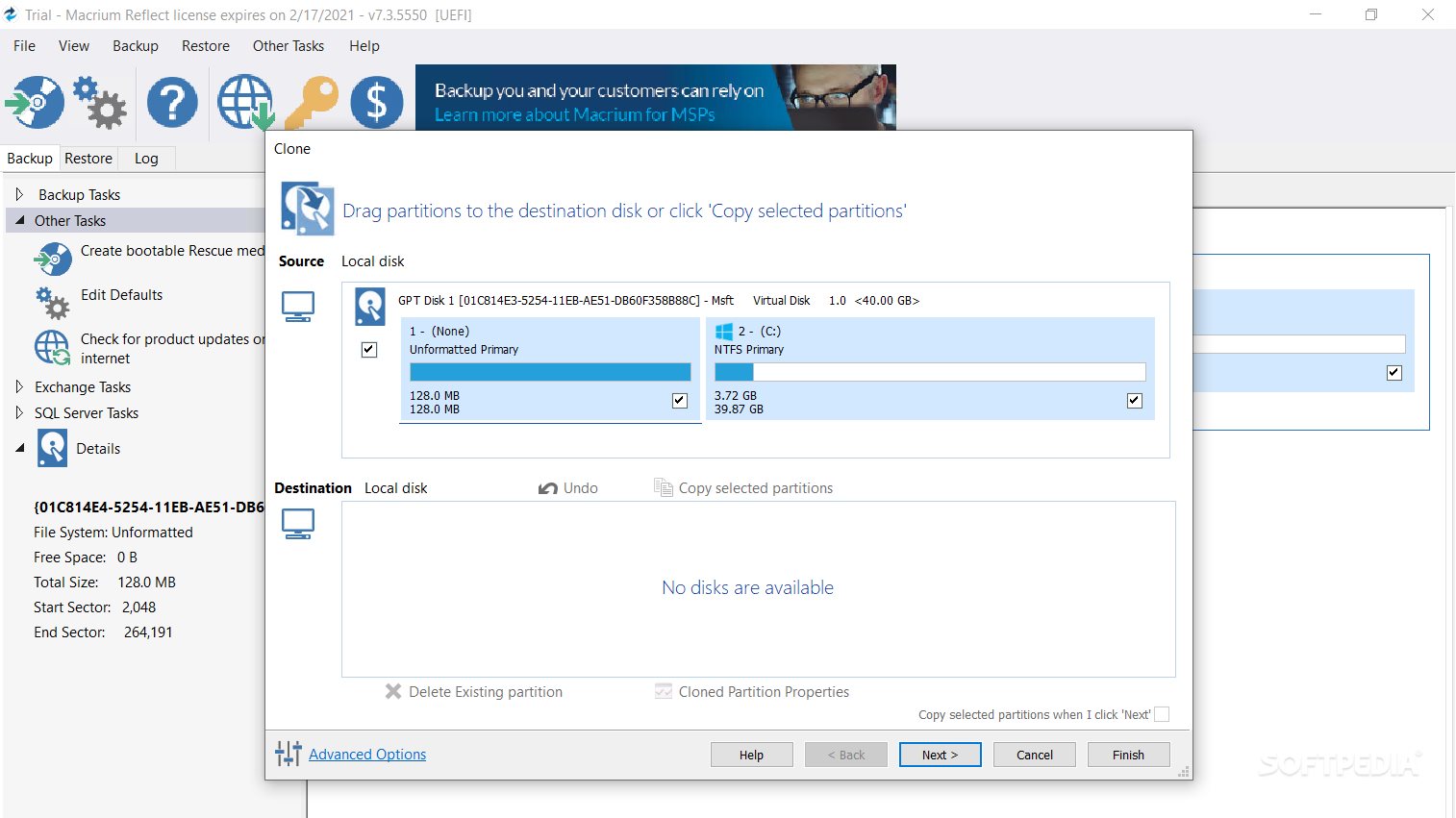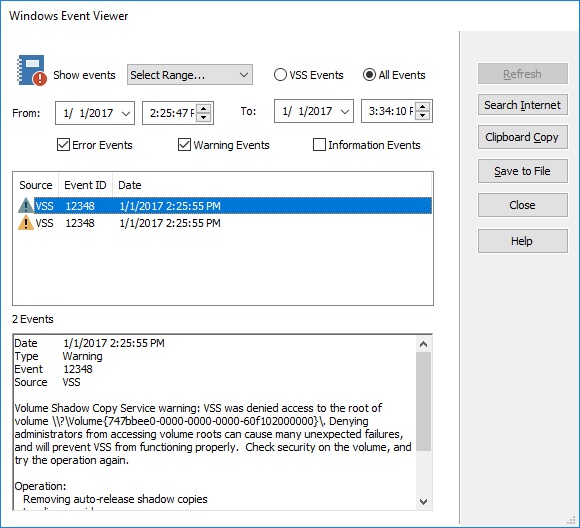

Click the Rescue item at the upper left of the windows.

(For my PC, the space used was nearly 700MB.) Plug it into the PC. Get a USB flash drive of at least 1GB capacity or larger. It's fairly easy to create a rescue drive in Macrium Reflect. As others have remarked, you want to make an image as backup. I didn't notice in the first post that you wrote "clone" rather than "image". I thought if the system won't boot or is infected, I would switch the boot to say a USB flash drive and then start the PC and somehow use the image for fix? Must admit, I am confused by the various options present in the "rescue section." Advice please. Don't I need to make some type of boot device if I want to restore the image file to a corrupt or failed drive? I tried reading the section on "rescue" but I am afraid the appropriate choice is beyond my knowledge. Was able to make an image to an external USB 3 1 gig HD. The drive you're saving to would typically be NTFS. I'd hope that Reflect would give you a warning if you tried to save to a FAT32 drive, but I have never tried that. The largest file permitted for a FAT32 drive is 4GB. How is the external drive formatted? Reflect save the image as a single file. I don't know about the "disk full" error. USB 2 also shouldn't take that long, unless the 256GB drive is full. USB 3 isn't very fast compared to some interfaces, but 7 hours is absurd. At the current space usage of the SSD, it takes less than 10 minutes.ĭo you have the external drive plugged into a USB 3 port? You could check its performance with the free crystaldiskmark . I image the boot SSD drive to an internal SATA hard drive. You don't need it, and it would slow things tremendously. I hope that you don't have the full sector copy turned on. 140GB on a 1TB SSD is saved at roughly 100GB for me, at medium compression. The image is also compressed, without loss. By default, Macrium Reflect only images data that are present on the disk.


 0 kommentar(er)
0 kommentar(er)
